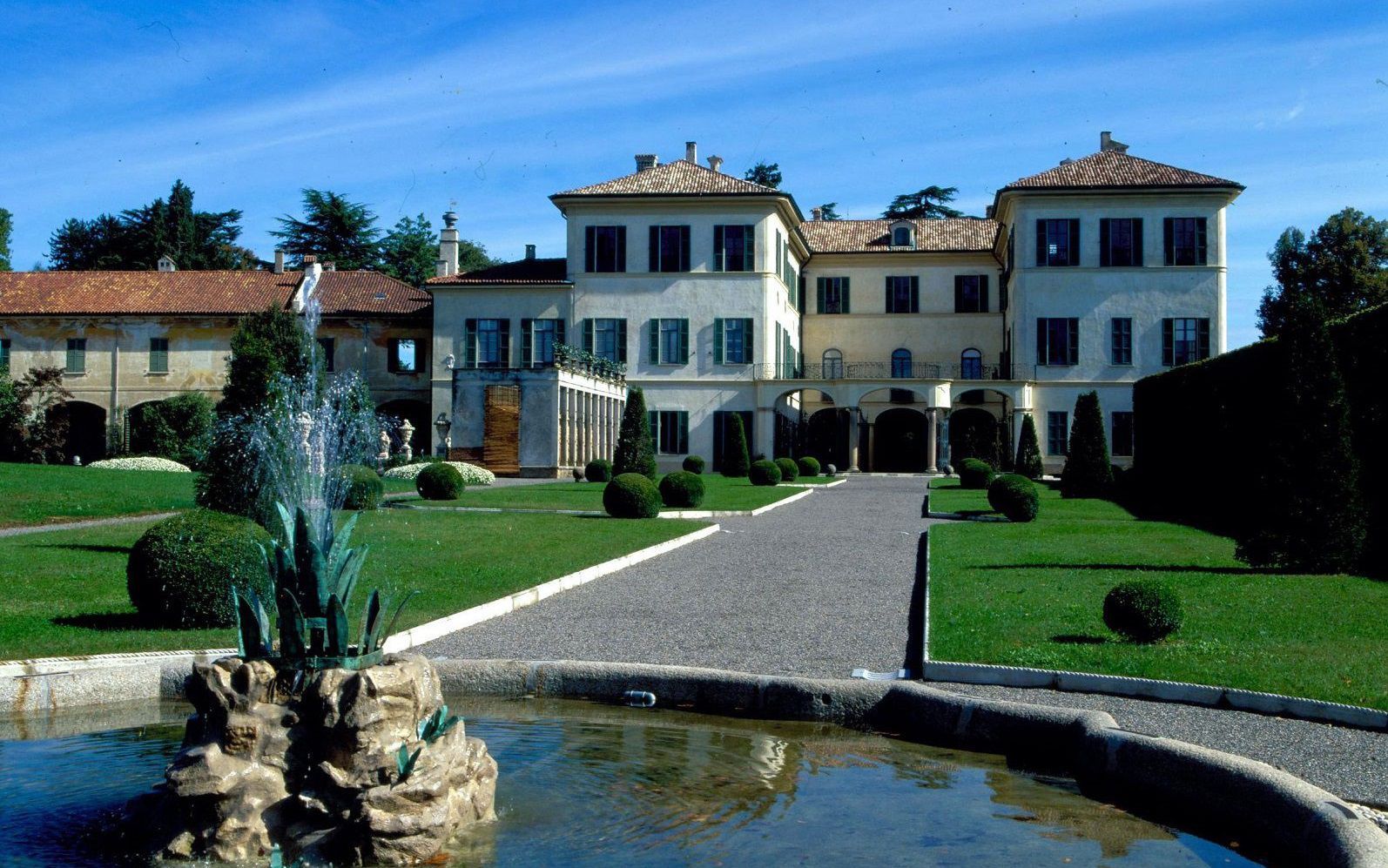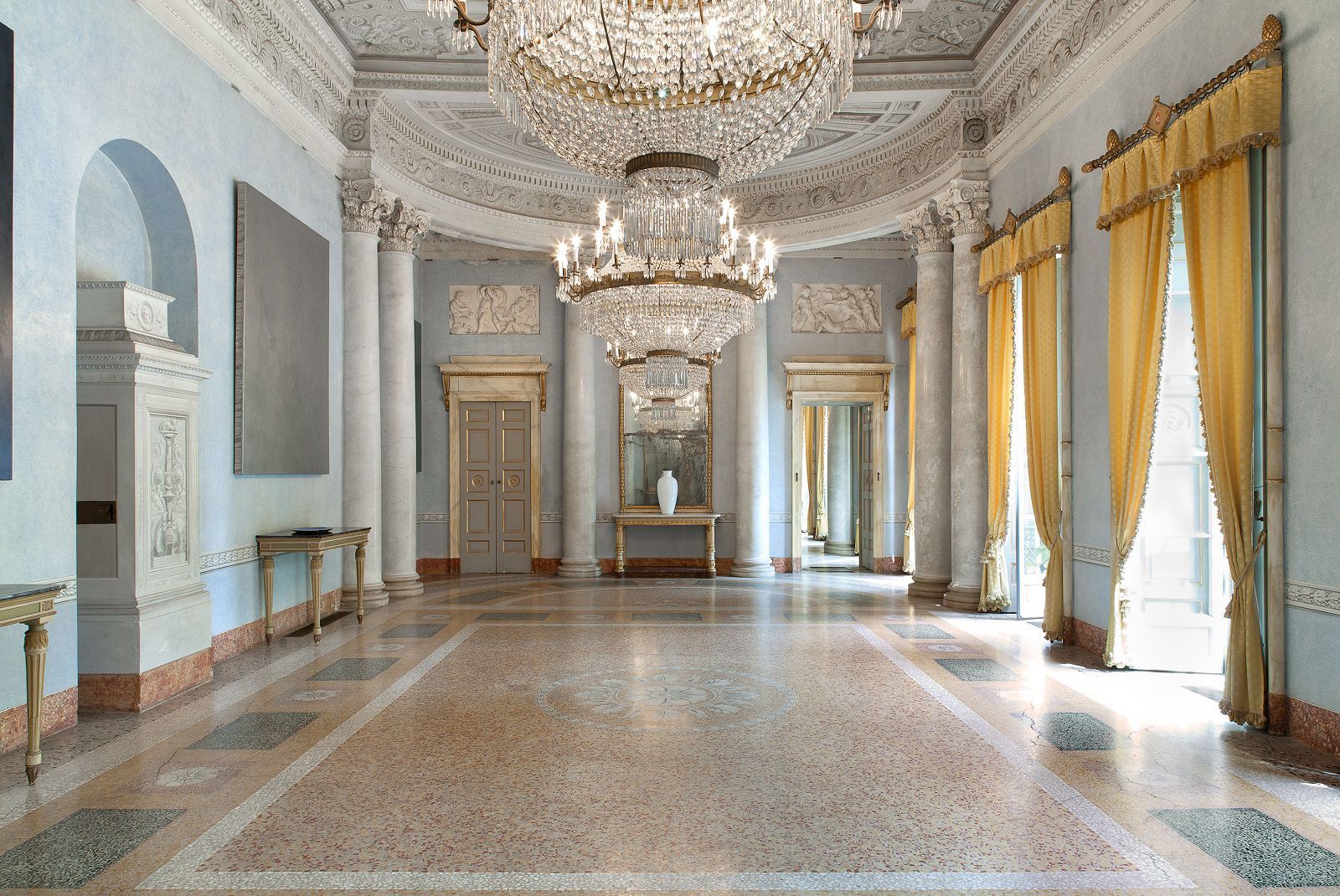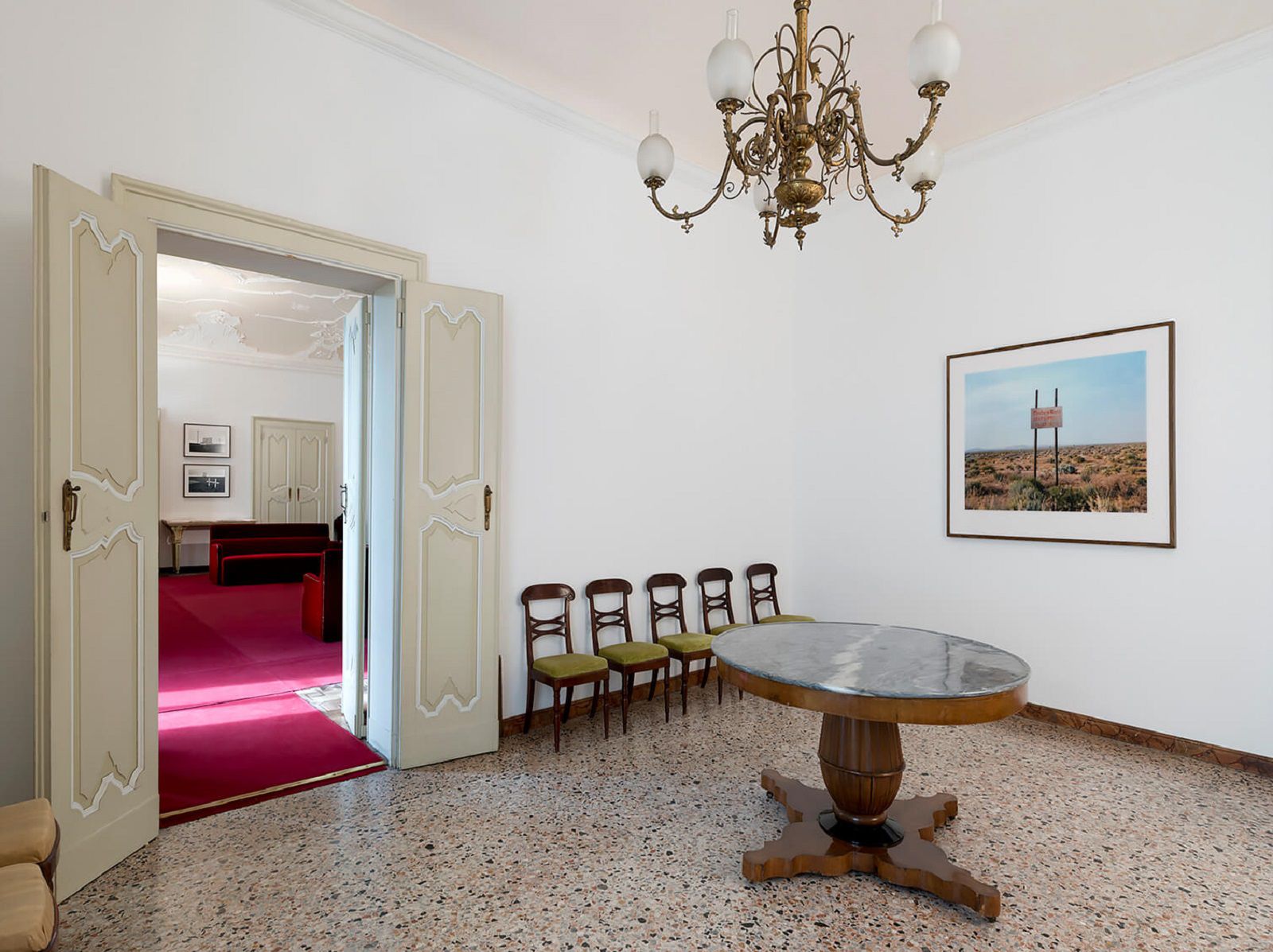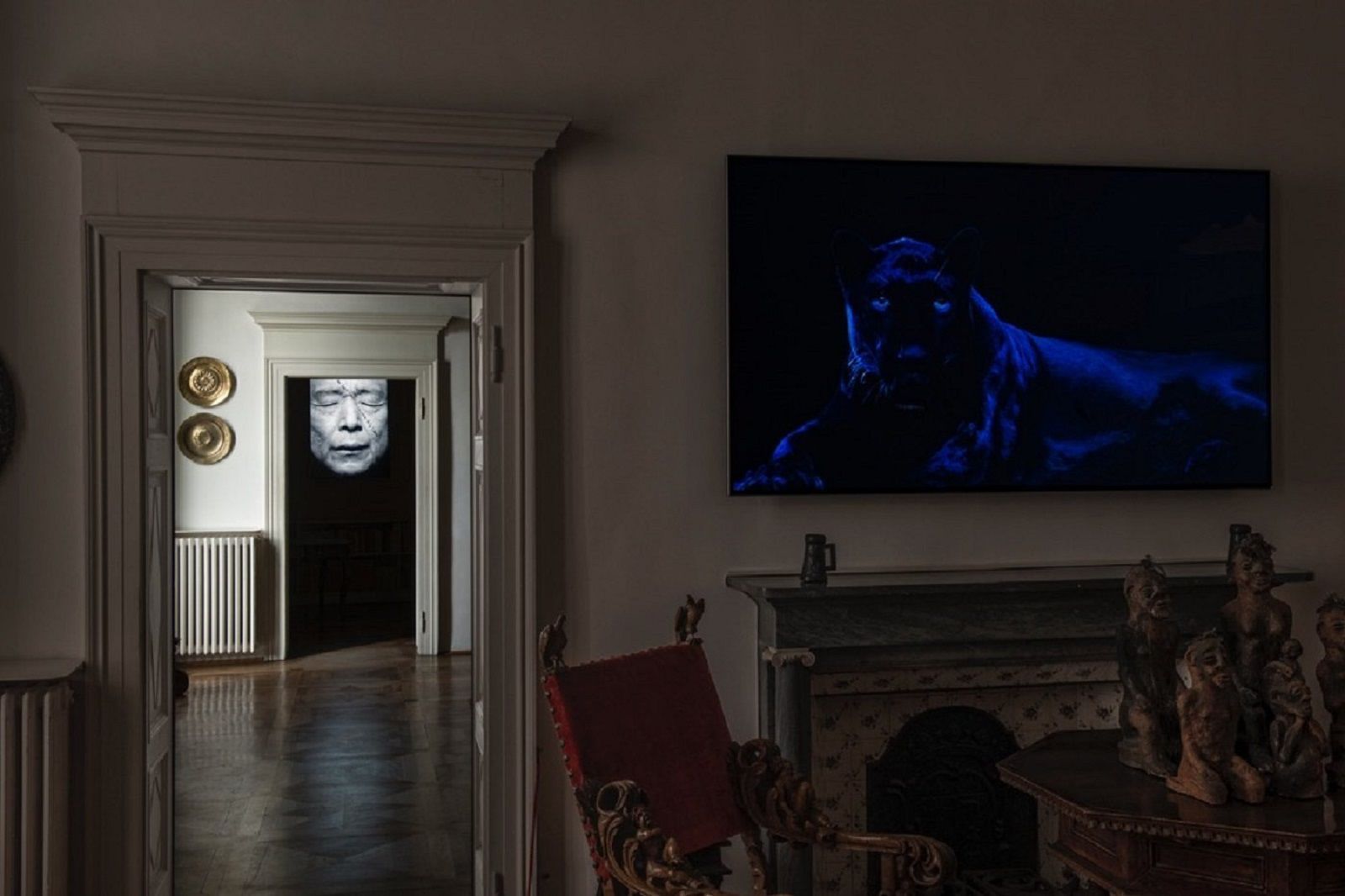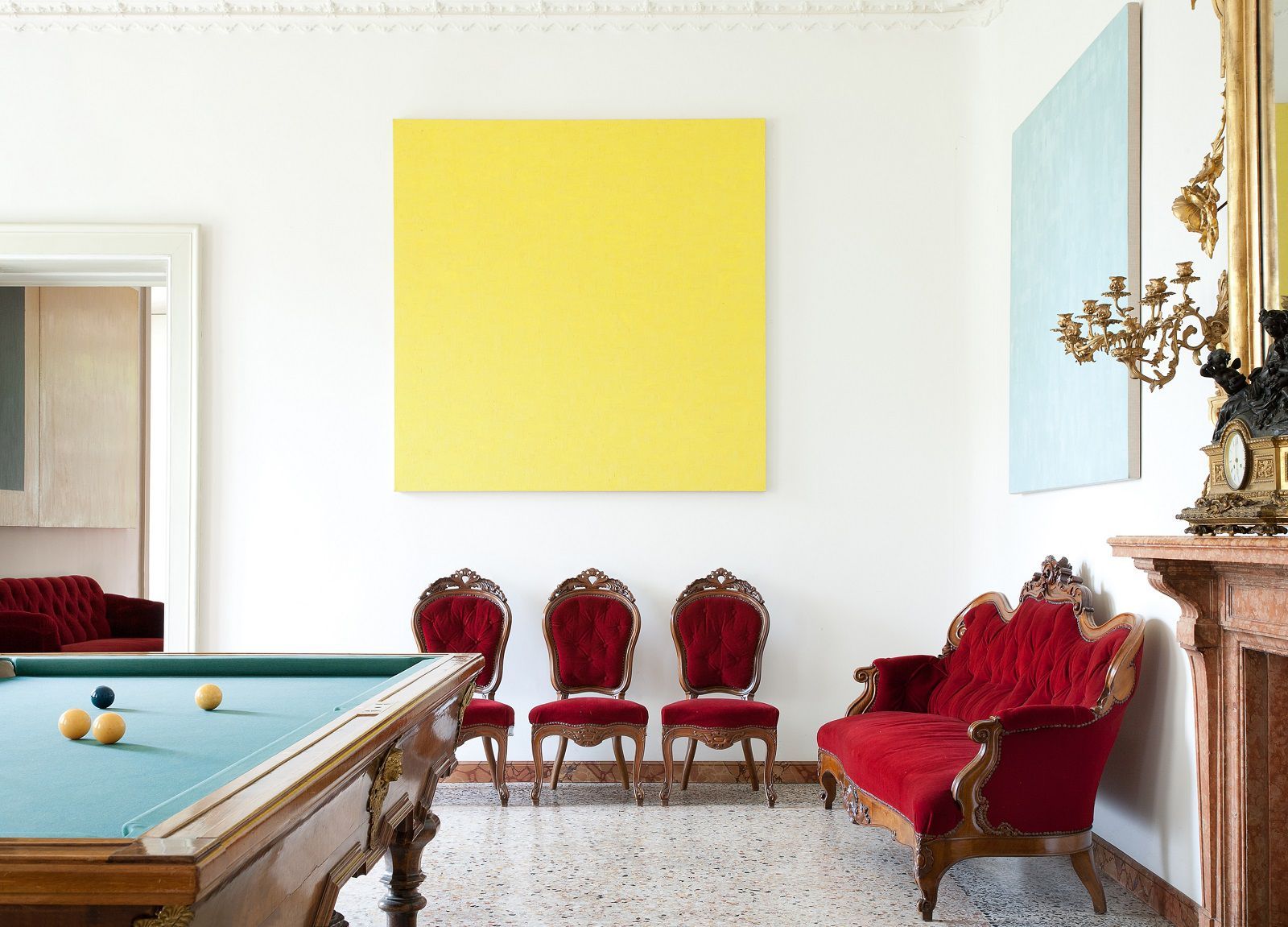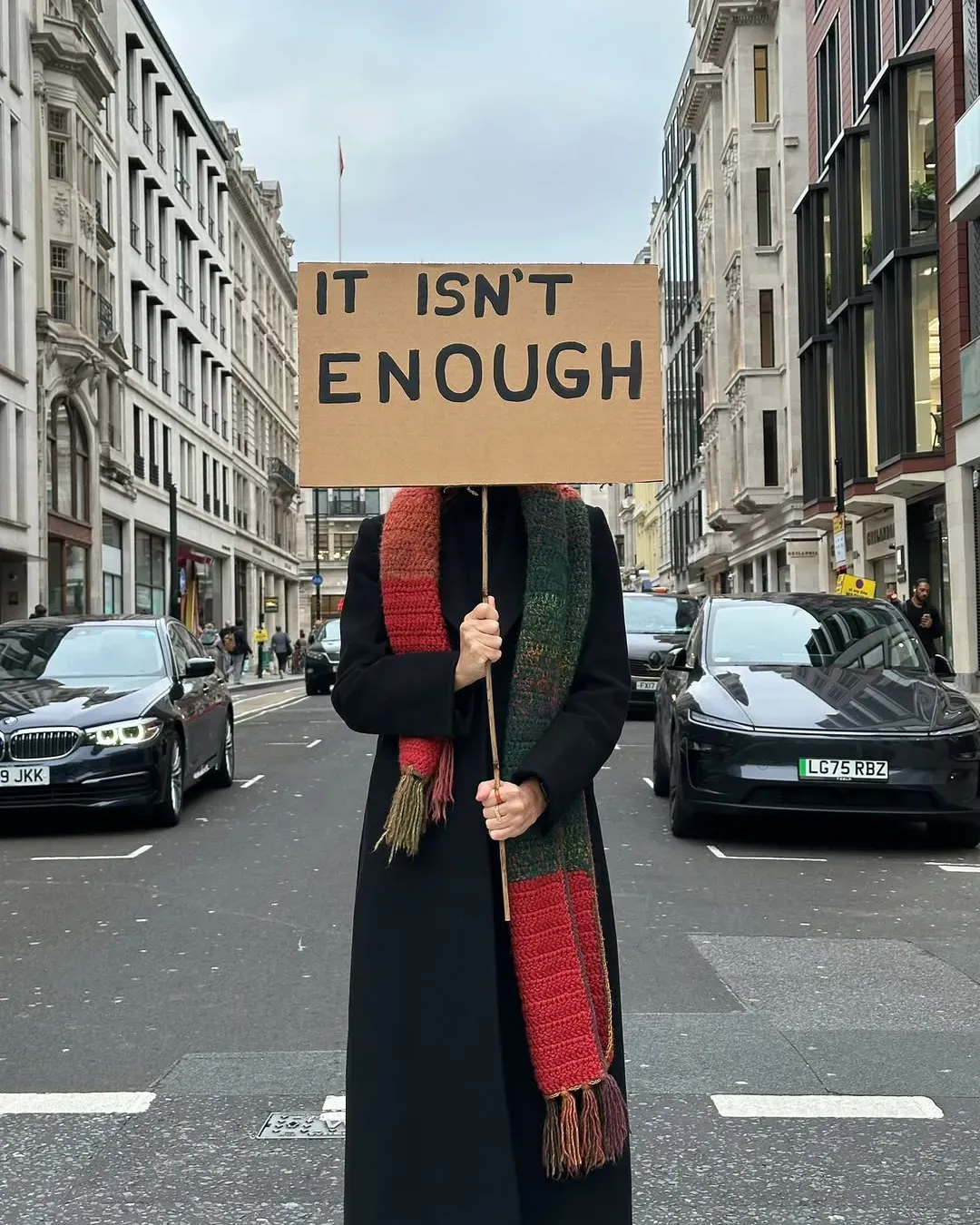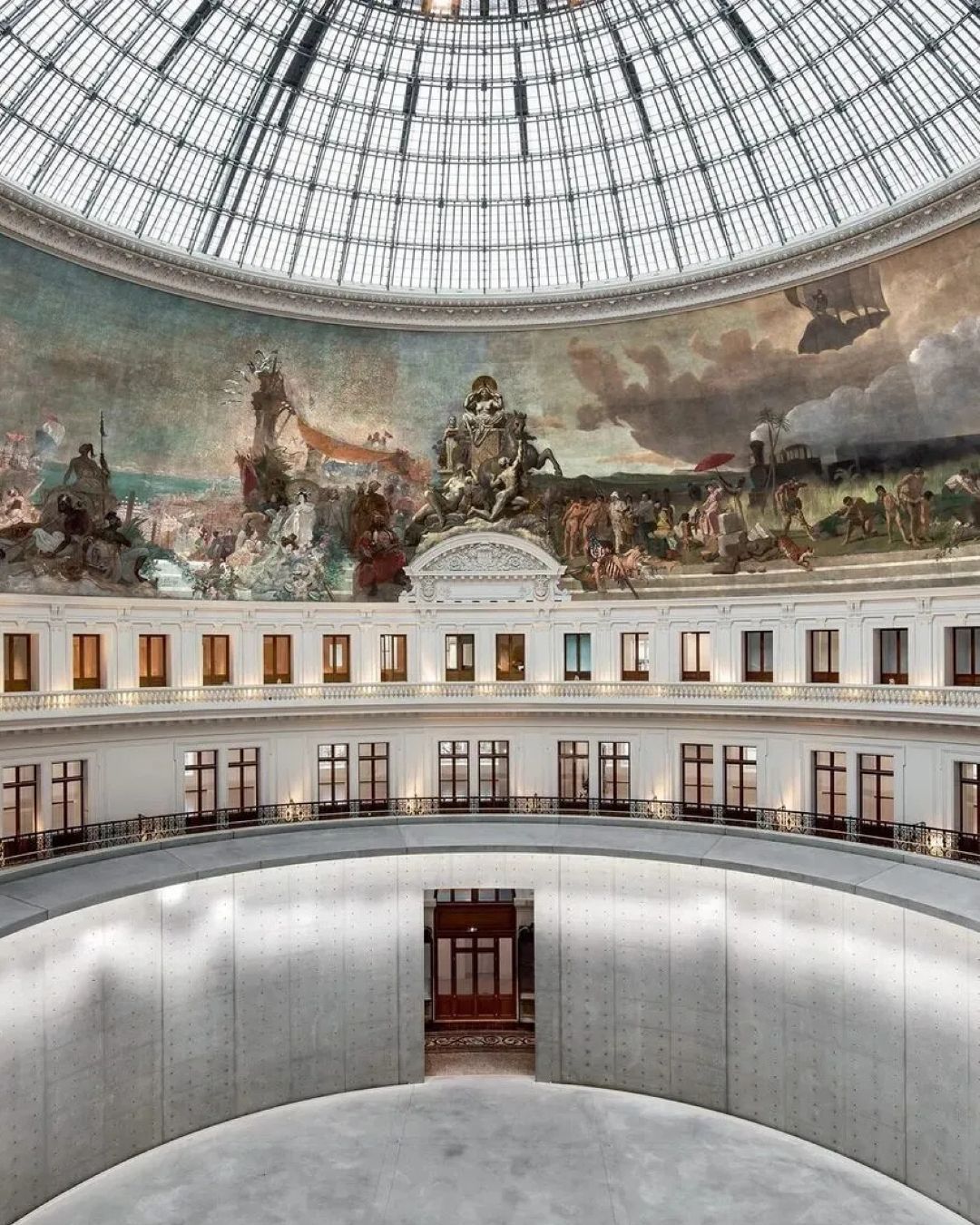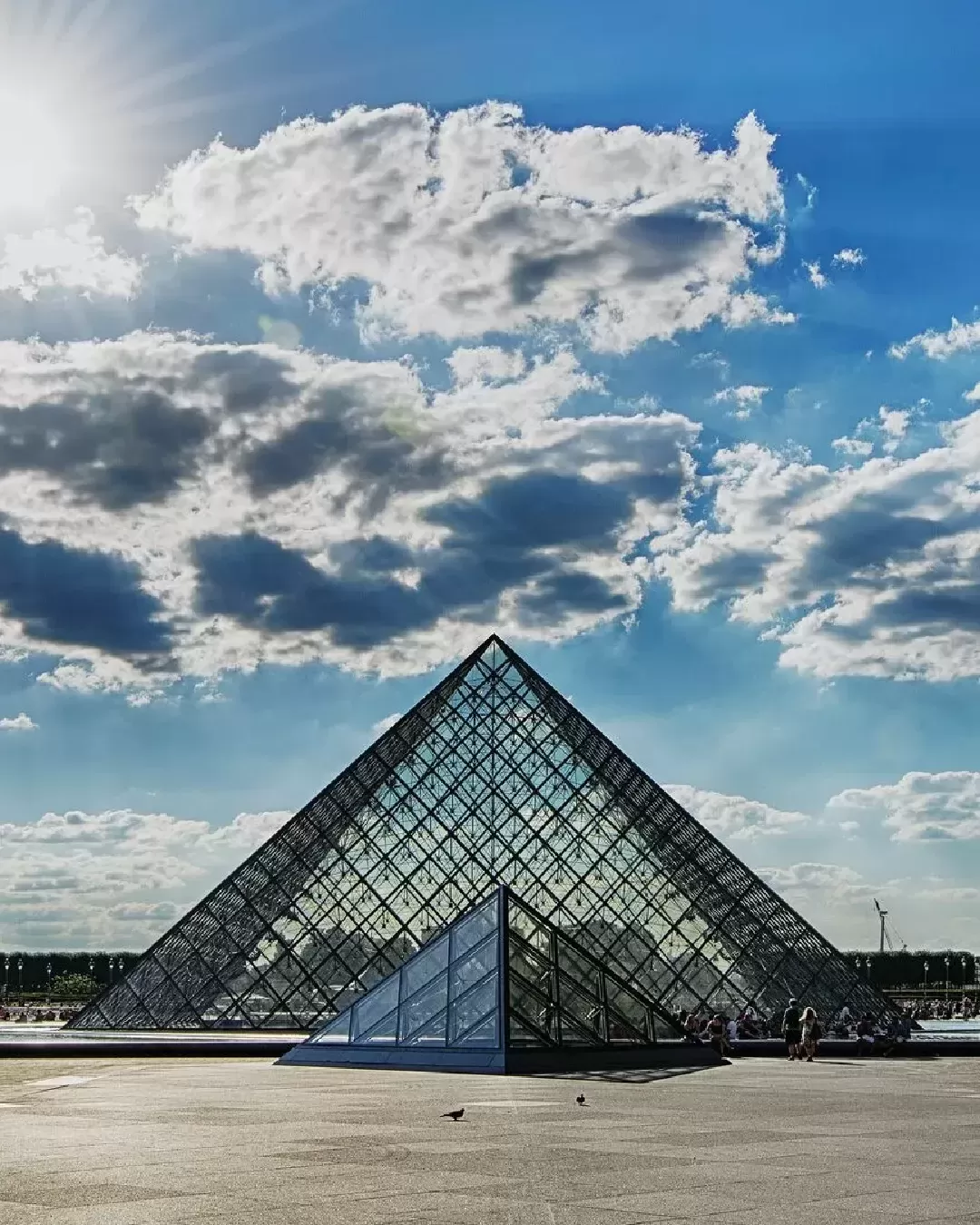
Villa Panza: the Guggenheim of Varese A jewel of the FAI that contains within it one of the most complete and interesting collection of contemporary art in the world
If, as Jean Baudrillard argued "You always collect your own self", the thousands of works acquired during the lifetime by Giuseppe Panza di Biumo and his total dedication to American artists as symbols of a new creativity, tell of a cultured man, refined, a talent scout intent on bringing beauty into the world. Born in 1923, from a family of the Milanese upper class, he is only a boy when he looks at the illustrations on the Treccani encyclopedia, trying to guess the author, but his debut in the collecting world does it only in 1956, after a trip in the United States, with an abstract painting by Atanasio Soldati chosen together with his wife, Rosa Giovanna Magnifico, his partner in crime and advisor. To that first piece are added, one after the other, the works of the Catalan Antoni Tàpies, of the French Jean Fautrier, the experimentations with the steel of Franz Kline, Rothko, Rauschenberg, Peter Shelton, Roni Horn, Ettore Spalletti, Max Cole, David Simpson, exponents of minimal, conceptual and land art ... In the blink of an eye comes the exorbitant figure of 2,500 works. Most of them, those centered on American art, are enclosed within what was his home, Villa Panza.
Perched on the hill of Biumo, district of the upper part of Varese, Villa Orrigoni Menfoglio Litta Panza is one of the most precious jewels of the Italian Environmental Fund. Built around the middle of the eighteenth century on a pre-existing "noble house" at the behest of the Marquis Paolo Antonio Menafoglio, this building characterized by the court of honor oriented towards the park rather than towards the entrance façade, as opposed to what happened in the typical "U" scheme of the Baroque house, comes into the hands of the Panza family, after other owners, in 1935. An important renovation by architect Piero Portaluppi, transforms it into an architectural jewel set in a huge Italian garden extended for over 33,000 square meters we know today.
If its soul is ancient, a modern heart beats within it. The heart of Giuseppe Panza and his research on beauty, light and space.
"A collection is not a simple assembly of works; it proposes experiences to be lived and shared. Collecting for me does not mean just possessing, it is a way of being, a philosophical attitude that concerns my search for fullness that I would like to share".
We read in his writings and also:
"A museum should be a sort of secular temple, a place of meditation where one can reconcile oneself with oneself and live an experience of fullness".
With this idea in mind, the Milanese patron transformed his house into the realm of art. Each room tells an author, a work, a color, a story. Between sofas, armchairs, there are corners dedicated to African and primitive art; animated paintings by Robert Wilson, like a panther tribute to the theater and inspired by the drama Die Hamletmaschine; monochrome canvases by Phil Sims and, together with them, in a perfect dialogue that reflects the intuition and sensibility of one of the greatest Italian collectors are the art of Wim Wenders, David Simpson Alfonso Fratteggiani Bianchi, Ruth Ann Fredenthal, Max Cole, Maria Nordman, Martin Puryear, Ford Beckman, Ross Rudell, Alfonso Frateggiani, Ettore Spalletti, Lawrence Carroll and many others. Above all there is, in the rustic wing, a temple consecrated to the luminous element, to the love of light and its power to create spatial suggestions. A fragment of Dan Flavin's vision, a precursor of minimalist art, beloved and omnipresent in Panza's collection, is unmissable: a long corridor lit by neon lights that gives access to a series of rooms on both sides. Essentiality and monochromacy. The same that, entering another space, we find in the walls completely white on which, as tears to the outside, the site-specific windows open, created especially for the villa by James Turrell and Robert Irwin. While, scattered in the park, the pieces of Land art by Stuart Ian Frost, Bob Verschueren and Peter Randall-Page flourish as precious plants. Enclosed in the confines of this Lombard villa, jewel of the FAI, is not only a unique collection in the world that goes from the Fifties to the Eighties, but the testimony of how the search for your idea of beauty (in this case that of Panzi) can guide the whole life of a human being.
A fun fact: in addition to permanent works of art, the villa continuously hosts temporary exhibitions. The latest is The End of History, dedicated to the Californian sculptor Barry X Ball, which was originally scheduled until December 9th and was extended until February 10th 2019.











































